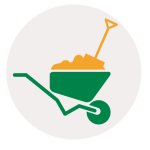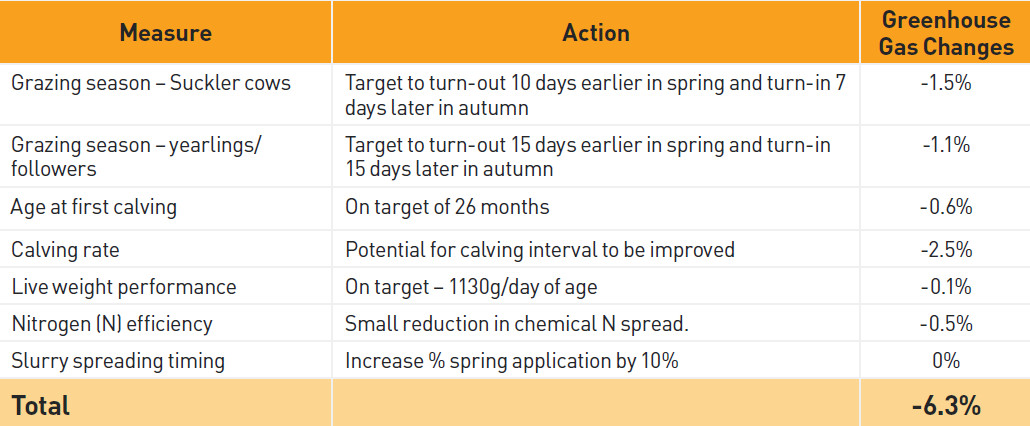George and Ruth Hatton
The Hatton’s farm in Carlow – saved €7,682
The Smart Farming team examined soil fertility, energy use, grassland management, water use, feed, inputs, waste, time, and machinery management on Hatton’s farm and identified savings of €7,682
Grassland – €5,160 saving
- Develop annual reseeding plan for the farm.
- Where weather permits – costs can be reduced by targeting a stock turn out date of early February.
- For better utilisation of grass – reduce size of paddocks and rotate livestock more frequently.
- Bring forage harvest date forward to late May to increase bale quality.

Feed – €0 saving
- Ensure annual analysis of silage takes place.
- Change from nut to coarse ration and increase price checking.

Soil fertility – €1,730 saving
- Most soils are index 1 and index 2. Index 3 is optimum.
- Lime deficiency on the farm is reducing grass growth.
- Spread 16 tonnes of lime in 2017 and 2018.
- 5 Year programme of additional phosphorus (P) proposed. Use of organic P proposed.

Energy – €380 saving

Machinery – €27 saving
- An allowance should be made to replace older machinery with more efficient ones.

Time management – €385 saving
- Consider contracting out tasks during busy periods

Water – Minimum Saving

Inputs & waste – €0 savings identified
- Wilting silage reduces effluent.
- Increase DM in silage and reduce concentrate feeding in spring.

Total Savings – €7,862
Reducing the climate impact by 6%
During the Smart Farming Cost Saving Study, a carbon reduction strategy for the Hatton’s farm was developed using the Carbon Navigator decision support tool developed by Teagasc and Bord Bia.
Potential to reduce greenhouse gas emissions by 6% was identified. Many of the measures, such as nitrogen efficiency and slurry spreading timing will also lead to other positive environmental outcomes and reduce risks to water quality. Take a closer look at the Carbon Navigator results.
- Home
- Case Studies
- George Hatton
